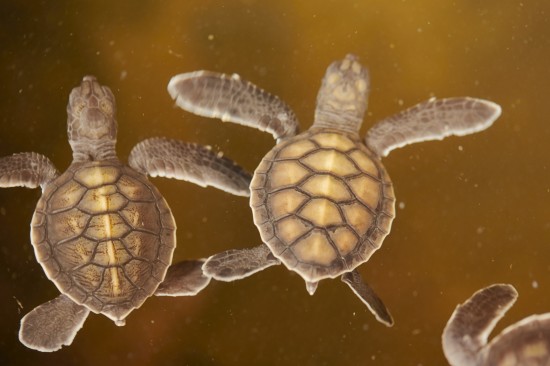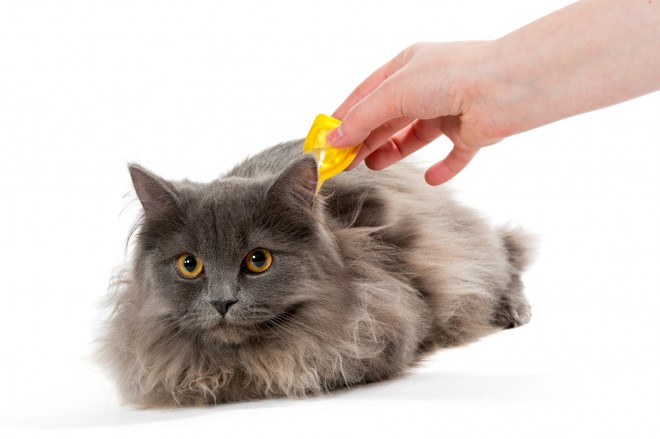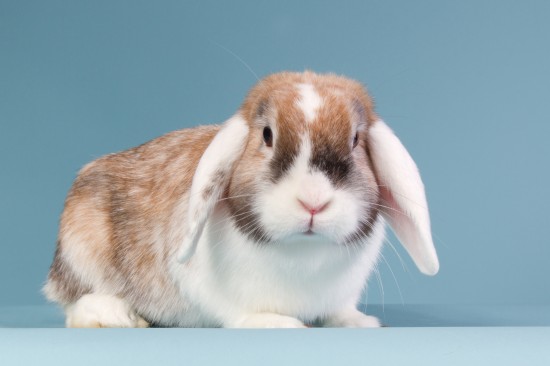

There are over 300 species of turtle, with over half threatened by extinction, from habitat destruction, illegal capture mostly for the food trade but also for the pet trade, and competition by invasive species, most commonly the release of pet turtles such as the Red eared and Yellow Bellied Sliders and various Cooter species.
Captive breeding programmes can be the difference between extinction and a future where they might be able to be reintroduced into the wild. You might think that only zoo and aquariums are involved in this sort of project, but often the species are being kept alive by private breeders who work together to ensure a healthy gene pool that can move forward.
Even if you’re looking to breed a more common species you can still help by reducing the numbers that are bred in farms, or taken from the wild.
Even as a breeding project you are still keeping the adults for their lives, which may be decades, so make sure that you can give them a healthy and lifelong home. A few points to consider.
Size: Some turtles grow huge, and need even bigger enclosures, can you provide a 500 litre tank per turtle? If not chose a smaller species.
Aquatic, semi aquatic, terrestrial: there are turtles in nearly every habitat in the world. Some are happy in a relatively plain tank, whilst others need a slice of Coasta Rican jungle to keep them content.
Temperate or tropical: If you live in a temperate location such as the UK, you could happily keep some temperate species in an unheated pond or shed, if you’re in sunnier climes go for a tropical species. If you choose a tropical species and you live in a temperate zone remember the cost of heating their enclosures.
Availability: Some turtles are extremely rare and don’t come up for sale that often, however if you have your heart set on a species it’s worth asking around to try and source them. On the opposing side some turtles are so common that they are an invasive species, and the commonly available ones are a mixed bag of genetics from numerous species. It would be unethical to breed these, and unlikely to be worth it as hatchlings on some of these wholesale at around £2 each.
Depending on your budget and time scales there are advantages and disadvantages to buying either hatchlings or adults.
Hatchlings are normally much cheaper to buy, and by growing them on to adulthood yourself you can ensure they are brought up to be as healthy as possible. There are three main issues, the first being that if you buy all your breeding group from the same breeder then you will have a limited breeding pool, the second being that it is normally difficult if not impossible to determine the sex of the hatchlings, although the breeding may have been able to incubate the eggs for a specific sex, and may have more than one blood line. The third and most pressing issue is that it can take decades for them to grow to adulthood.
Adults especially those that are healthy and of breeding age are frequently a lot more expensive, but they are past the more fragile hatchling stage, normally can be sexed and may be ready to breed as soon as they are settled. On occasion adults become available via rescue or as unwanted pets, keep an eye on classified sites that specialise in pets as people wanting rid of pets or rescues looking for new homes, although you won’t know as much about their pedigree or past health issues.
So now you have two or more adults, for most species it’s best to have more females than males. Some species can happily cohabit, but most will need to be kept separate, either separating the sexes, or on occasion separating individuals entirely.
Normally it’s best to put the male in the females’ enclosure, make sure she has plenty of options to climb to the surface as males can drown females during mating. There should be a nesting area with plenty of sand for her to lay her eggs in.
Look at where your turtles would live in the wild, and attempt to imitate the conditions they would have prior to the nesting season. What food would the adults be enjoying before they mate and lay eggs, live food in the way of insects or greens and fruit will normally be available to them before they lay eggs? The temperatures may change or the river may flood. If in doubt feed more high quality food and do some big regular water changes, this will help condition the adults before they meet.
Once you’ve put the male in with the female, or females watch for aggression, in some cases females have been known to be the aggressors, especially if they are too young to be breeding. The male may also be aggressive whilst mating and bite the female, especially on the back of the neck.
Don’t expect things immediately, but if you wait and you’re lucky you may find some eggs in the nesting area. It’s not unknown for the females to lay a few eggs in the water especially the first time. Unless you see it happening in general these will be useless. If they’re in the nest box they you need to move them carefully to an incubator.
You can buy incubators for reptile eggs, although most breeders report mixed results. You can make your own incubator using a polybox, a fish tank heater and small tubs, there are plenty of descriptions on how to build these on-line on reptile forums.
Carefully dig the eggs out of the nesting box and mark the side that’s up with a pen or pencil. It’s vital not to turn them over as the developing embryo needs to remain in the same orientation.
Depending on the species it will normally take a few months for the hatchlings to break free, once they are out of the egg they will normally have the yolk sac still attached. Be careful not to allow them to break the yolk sac, and give them chance to absorb it all before moving them out of the incubator, or specially set up enclosure.
Newly hatched turtles are tiny, but depending on the species they are often equipped to start swimming immediately, remember in the wild there would be predators looking at them as a snack. Hatchlings normally require slightly warmer temperatures than adults, shallower water and can be more carnivorous.
Choose your species and start talking to other keepers and breeders of this same turtle. They will know the how who and where of the hobby. Talk to them and you should be able to find not only a breeding pair, whether hatchlings or adults, but also the advice and guidance you will need.
 How Different Chemical Flea And Tick Preventatives And Treatments Work
How Different Che
How Different Chemical Flea And Tick Preventatives And Treatments Work
How Different Che
 The Hugely Popular Jack Russell Terrier
The Hugely Popula
The Hugely Popular Jack Russell Terrier
The Hugely Popula
 8 Conditions Rabbits That Affect Pet Rabbits
8 Conditions Rabb
8 Conditions Rabbits That Affect Pet Rabbits
8 Conditions Rabb
 Purchase a brought up goat fencing for the superior stability of the goats
Purchase a brought up goat fencing for the superior stabil
Purchase a brought up goat fencing for the superior stability of the goats
Purchase a brought up goat fencing for the superior stabil
 Reliable Chicken Coops offered with A Dynamic Range of Choices
Reliable Chicken Coops offered with A Dynamic Range of Cho
Reliable Chicken Coops offered with A Dynamic Range of Choices
Reliable Chicken Coops offered with A Dynamic Range of Cho
Copyright © 2005-2016 Pet Information All Rights Reserved
Contact us: www162date@outlook.com